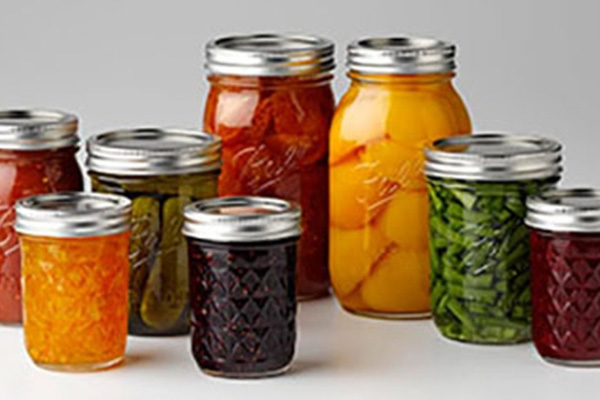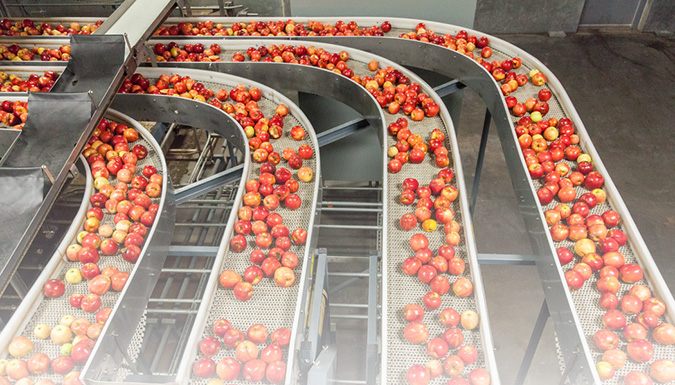About Us
Food2Market is a Clemson Extension program designed to help food entrepreneurs through the many steps of food safety regulations that are necessary to prepare food products for sale. Our faculty and staff have extensive knowledge in food safety, food processing and packaging, and the federal and state regulations that are necessary in South Carolina to produce and market your products for sale.
-
What We Do
Food2Market will:
- Guide food entrepreneurs in the appropriate steps needed to begin the production of a food product.
- Assist food entrepreneurs in ensuring that their product is produced in compliance with all local, state, and federal regulations.
- Provide food entrepreneurs with assistance in food safety including product testing, and product packaging.
- Offer a variety of educational opportunities for food entrepreneurs to assist with a business startup as well as continuing education to help make their product(s) successful.
- Provide connections to helpful governmental, professional, and educational resources to assist the food entrepreneur in the success of their business.
If you have questions, please contact:
Adair Hoover
cpope@clemson.edu
864-986-4313 -
By The Numbers
The Food2Market program had a great year in 2024. We have interacted with tons of new and experienced Food Entrepreneurs at our Food2Market workshops in the Spring and in the Fall. Please see our Events page for our current workshop offerings.
- 2 Workshops - 36 participants
- 301 Product Tests (Aw, pH, Gluten, and Nutrition Facts Panels)
- 101+ Food Entrepreneur companies assisted
- Process Control Letters issued on 163 products
We now accept major national credit cards to pay for Product Testing! You may indicate on your Product Testing Form (or your Sushi Rice Testing Form) that you would like to pay with a credit card. Our office will contact you via telephone during business hours for a credit card number. There is a 3% convenience fee for this service.

Food Safety for Entrepreneurs Online Workshop
This is a 8-week course meant to deliver all of the food safety and regulation requirements for making and selling foods in SC. In this course, there are eight (8) modules, each of which is comprised of a series of activities.
Learn More

